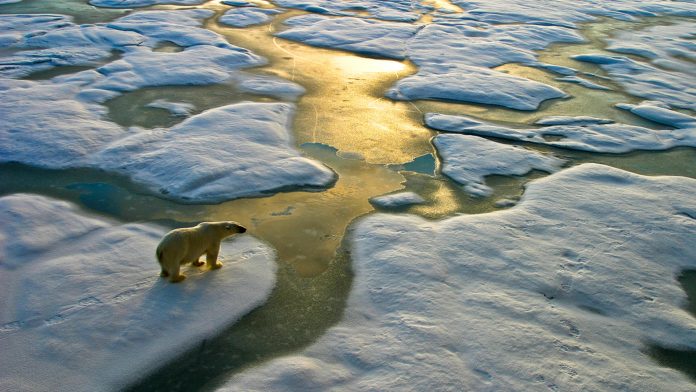A new study, led by the National Institute for Environmental Studies (NIES), has revealed that the frequency of increased ocean temperatures has likely been caused by global warming as a result of industrialisation.
The research was published today in Geophysical Research Letters, and highlights the contribution of global warming on increased ocean temperatures in Japan’s marginal seas. The team monitored ten areas, including the Japan Sea, East China Sea, Okinawa Islands, and the Pacific coasts of Japan.
The scientists confirmed that observed sea surface temperatures (SSTs) from 1982 to 2021 were well reproduced by 24 climate models, except for the region east of Hokkaido. The extreme ocean temperatures were identified in nine monitoring areas, revealing the contribution of climate change.
Increased ocean temperatures: a record high
“Impacts of global warming is not uniform, rather they show regional and seasonal differences,” said Hideo Shiogama, head of the Earth System Risk Assessment Section at Earth System Division, NIES. “A comprehensive analysis on regional SSTs for a long period may provide a quantitative understanding of how much ocean condition near Japan has been and will be affected by global warming. This better informs policymakers to plan climate change mitigation and adaptation strategies.”
In August 2020, the southern area of Japan, and the north-western Pacific Ocean experienced record-high SSTs. A study from January 2021 showed that the increased ocean temperatures observed in 2020 could not be expected to occur without human-induced climate change.
Since then, more record-high SSTs were recorded near Japan in July and October 2021, along with June and August 2022. However, it remains unclear to what extent climate change has altered the occurrence likelihood of these extreme warming events.
How has global warming contributed to high SSTs?
“In the present climate, every extreme ocean warming event is linked to global warming,” said Michiya Hayashi, a research associate at NIES. The scientists estimated the occurrence frequencies of each event in the present and preindustrial climate conditions, from January 1982 until July 2022, based on the CMIP6 climate models.
“We found that the occurrence probability of almost all the extreme ocean warming events has already at least doubled since the 2000s than the preindustrial era. It is increased more than tenfold in sizeable cases since the mid-2010s, especially in southern Japan,” Hayashi explained.
For example, in July 2022, high SSTs in five monitoring areas are identified as extreme ocean warming events. Moreover, the updated results show that in August 2022, increased ocean temperatures are also identified in six monitoring areas south of 35 degrees north. These included the East China Sea, south and east of Okinawa, and seas off the shores of Shikoku and Tokai.
“We estimate that, in all of these identified events in July and August 2022, the occurrence frequencies are increased at least doubled due to climate change, and more than tenfold for those in the south of 35°N except for the north of East China Sea,” stated Hayashi.
“Climate change impacts on increased ocean temperatures in northern Japan began to emerge relatively late compared to southern Japan,” noted Shiogama.
The increased global aerosol emissions until the 1980s tend to cool the Earth’s surface, which is more substantial in the North Pacific, especially near northern Japan, via atmospheric large-scale circulation changes.
In addition, the year-to-year natural variability of SST is large in northern Japan so the global warming signal was less detectable than in southern Japan. Since in the last decades global aerosol emissions have been reduced, the cooling effect becomes less dominant to human-induced greenhouse gas warming.
“Our study indicates that the contribution of climate change to SST extremes has been already discernible beyond natural variability even in northern Japan under the present climate condition,” Shiogama concluded.
The future of ocean conditions
The researchers further compared the probabilities of exceeding the monthly record-high SSTs around Japan. They used different global warming levels, ranging from zero to two degrees, using the 24 CMIP6 climate model outputs from 1901 to 2100.
“Once global warming reaches 2°C, all nine monitoring areas are expected to experience SSTs warmer than the past highest levels at least every two years,” said Tomoo Ogura, head of the Climate Modeling and Analysis Section at Earth System Division, NIES. He added, “Limiting global warming below 1.5°C is necessary not to have the record warm conditions in Japan’s marginal seas as the new normal climate.”
The quantitative analysis of increased ocean temperatures around Japan implies that climate change has already become a major cause of most record-high SSTs.
Hayashi concluded: “In the future, dynamics of each extreme warming event need to be examined by taking the long-term climate change and year-to-year natural variability into account.
“Nevertheless, we expect that our statistical results based on the latest climate models will help to implement adaptation and mitigation measures for climate change.”





